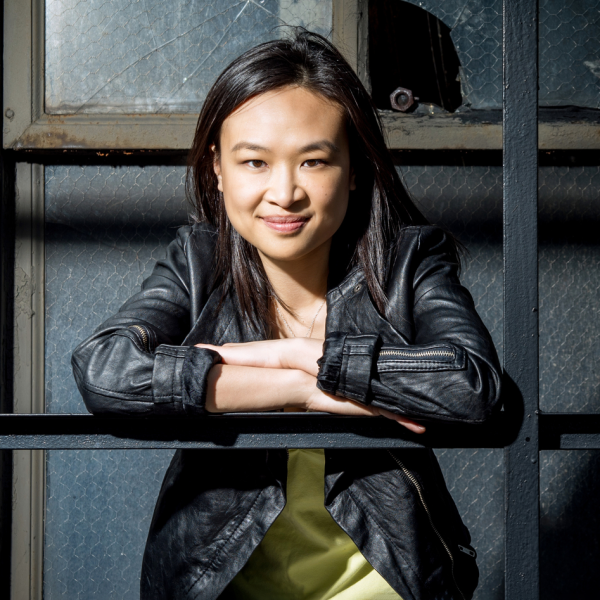
Grossman Ensemble premieres Tonia Ko's "Simple Fuel"
Performance notes:
Tonia Ko's piece Simple Fuel premiered with the Grossman Ensemble on December 7, 2018.
Simple Fuel explores concepts of movement: our emotional motivations, physical momentum, and the repetition of gestures. An initial feeling of hesitation, represented by various stutters and pops, eventually gives way to unstoppable acceleration forward. In the aftermath of this short journey, each impulse proliferates exponentially, creating a pointillistic and 6 | Chicago Center for Contemporary Composition pixelated sound world. At the same time, the harmonies that once drove the music forward continue their ebb and flow until the end. These chords depict a sensation of “wading” through water or thick fog, which is embodied literally in the mournful sound of friction mallets on timpani. While writing this piece I had two images in mind, each of very different speeds. First is that of a snail moving through space — surely a slow creature, until one notices its antennae deftly sensing, reaching and retracting against its surroundings. The second is a freight train barreling down the tracks. Although relatively “fast”, its unwieldy and seemingly endless length certainly feels slow, and the sounds that it makes are repetitive, perhaps even meditative. By way of these paradoxical images, the classical adage of festina lentae, to “make haste slowly” also served as a broad inspiration for the work.
